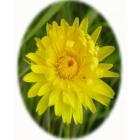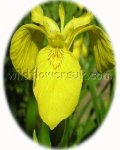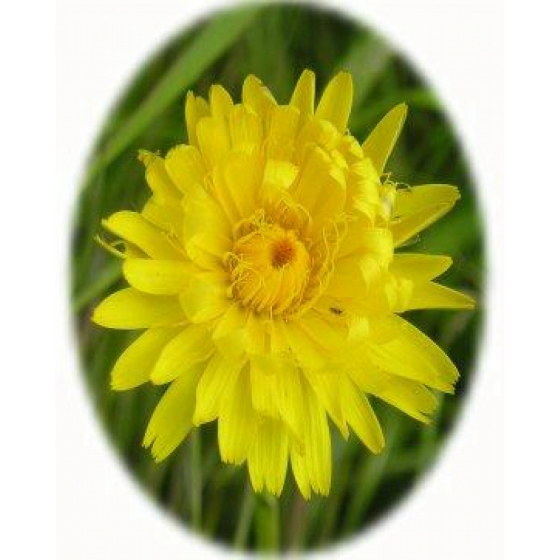 | ||
Perfect for pollinators Common Cat’s-ear -hypochaens radicata– should be introduced into grassland and makes a perfect addition to a flowering lawn or mini-meadow. The flowers which appear from June to September, resemble small dandelions and are very attractive to Bees, and other insects. Common Cat’s ear is a low growing species and looks best growing with similar meadow plants such as Lawn daisies, Selfheal, Forget me nots and Cowslips. How to grow Common Cat’s-ear Seeds Common Cat’s-ear seeds should be sown in spring or autumn, either outside, where they are to flower, or in seed trays and covered lightly with compost. Common Cat’s ear seeds are usually easy to germinate and the seedlings, which are quick to develop, can be pricked out and grown on, for planting out later in the year. RHS Perfect for Pollinators. The RHS Perfect for Pollinators mark is only given to plants that support pollinating insects in gardens. Bees, butterflies, moths, hoverflies and many others visit flowers to feed on nectar and pollen; while doing so they transfer pollen and increase seed set and fruit development. Find out more at: rhs.org.uk/plants To discover more plants for Bees, simply enter the word "pollinators" into the search box above. To Buy Common Cat’s-ear seeds To purchase Common Cat’s-ear seeds please select a quantity above and click add to cart. To ensure the best chance of success, we sell all of our wildflower seeds by weight, which ensures each wildflower seed packet contains a good quantity of seeds. The recommended sowing rate is 1 gram per square metre, and the number of Common Cat’s-ear seeds per gram is approx. 1250. All of our Wildflower seed packets contain seeds of Native British provenance. Summary type - perennial, colour - Yellow, height - 75 to 100cms, flowers June, July, August, September, habitat - Dry Grassland (clay, loam), Attracts Bees | ||
Printed 15/01/2025 10:58:34
st118_1 type perennial colour yellow height 75 to 100cms flowers june july august september habitat dry grassland clay loam attracts butterflies rhs perfect for pollinators pollinating insects bees butterflies moths hoverflies





 added to basket
added to basket